Proposals for 20-storey Waterloo office block draw fire from Union Jack Club members
Buckey Gray Yeoman-designed plans for a 20-storey office building in south London are under attack from a veterans’ organisation which argues the scheme will have a devastating impact on its facilities.
Since the practice’s proposals for the building – on a 0.28ha site between Waterloo Road and Cornwall Road – were lodged over the summer, more than 1,350 objections have been received, large numbers of which have come from members of the Union Jack Club.
The charity, which provides accommodation and meeting space for serving members of the armed forces and veterans, says the proposals – created for developer Bourne Capital – will have a “significantly detrimental” impact on its environment.
While the 1970s Union Jack Club building would still be taller than the 71m Buckley Gray Yeoman proposals, the club’s south-facing upper storeys would have obstructed views across their full width and height. The current buildings on the site earmarked for the Waterloo Central development are five storeys tall at their highest.
The club also argues that the Buckley Gray Yeoman proposals will hamper its own chances of redeveloping its freehold site.
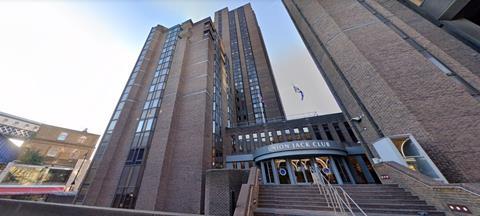
Chief executive Hugh Player said he realised the club was a “small charity fighting the big developer” but insisted “fundamental concerns” about the proposals needed to be expressed.
“It will have a savage impact on both the local area and the services and environment we can provide to non-commissioned members of the armed forces community and emergency services,” he said.
“We do not object to a redevelopment of our neighbour’s site, per se, but are shocked and deeply alarmed that the scale, height and mass proposed is architecturally incongruous and commercially excessive, as well as being contrary to the adopted local plan.”
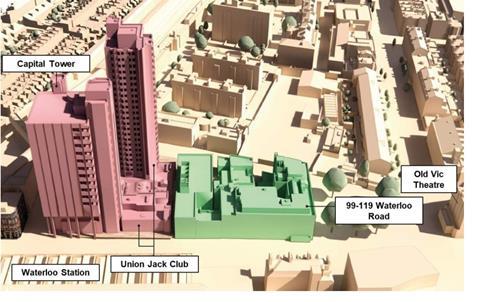
Bourne Capital’s proposals include the refurbishment of one building on the site: Mercury House, which is currently home to a branch of the Wahaca restaurant chain, among other businesses.
MATT Architecture is leading on that element of the scheme, which would provide a podium for the Waterloo Central development.
Bourne Capital said it had “huge respect” for the Union Jack Club and its charitable endeavours, but added that the current campaign was “not reflective” of its efforts to address the club’s concerns.
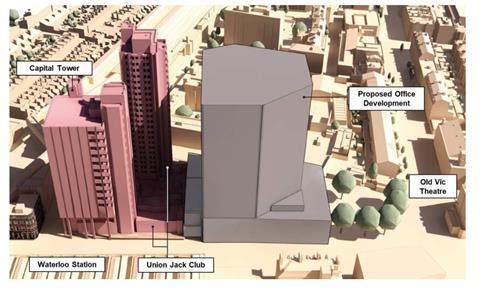
“We have spent over 12 months working with the UJC and its advisers on a ‘cumulative development study’ in order to address the UJC’s principal concerns, namely the relationship between our proposals and the UJC’s existing buildings, and the safeguarding of the charity’s own substantial redevelopment proposals,” Bourne said in a statement.
“This engagement led to very significant amendments to Bourne Capital’s original development proposal.
“The work undertaken by both parties and our respective advisors is clearly documented in detailed presentations and communications that include agreement on certain key development issues.”
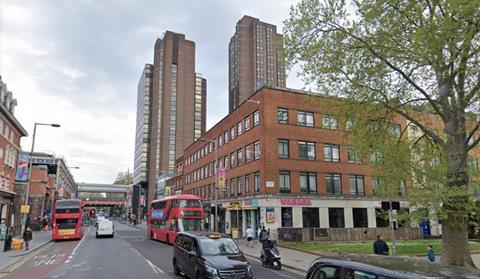
Bourne said it had sought to mitigate impact on the Union Jack Club’s south-facing rooms by setting back and significantly chamfering the Waterloo Central tower away from the UJC’s southern façade, providing access to daylight and clear sight lines to the south and south east.
It added that both the Greater London Authority’s London Plan and Lambeth’s local planning policy promoted substantial redevelopment of the site, including tall buildings of around 70m.
Bourne said it understood the Union Jack Club was in pre-application discussions with Lambeth for redevelopment proposals of a similar height and scale that would see the club relocated off-site.
Lambeth Council has yet to set a target determination date for the proposals.



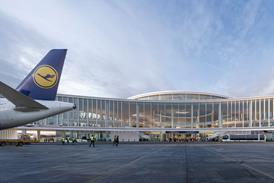
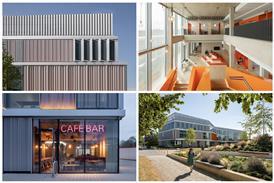
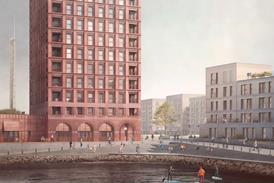



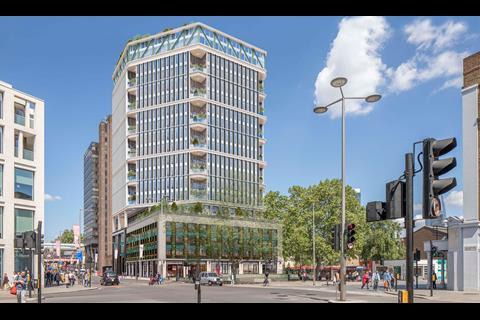
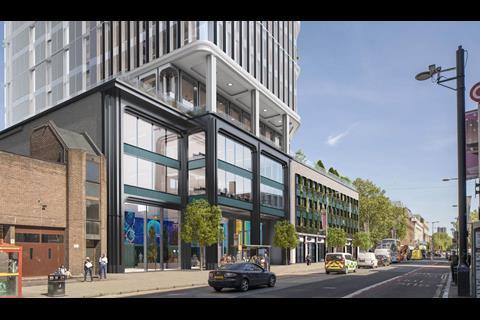
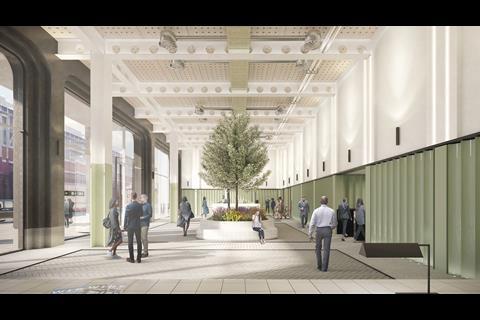











No comments yet